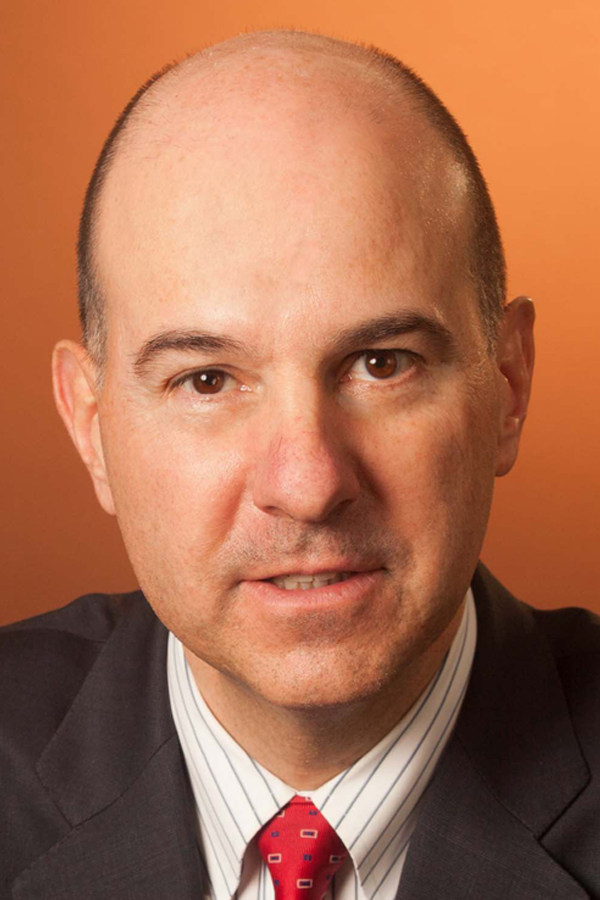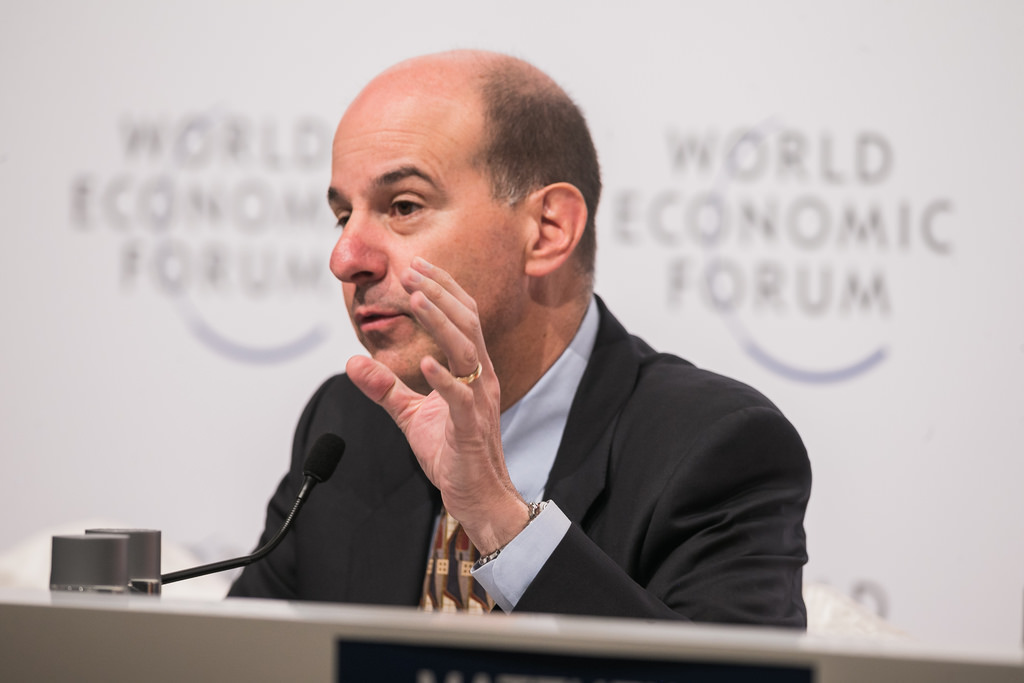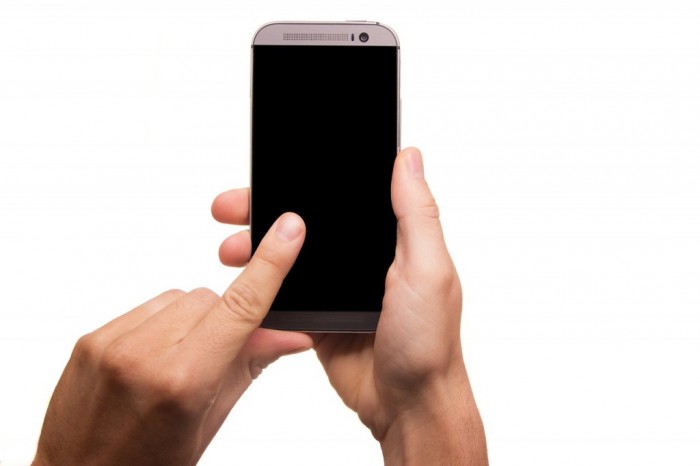Share the post "[David J. Kappos] Myth Number 1: SEPs Lead to Licensing Holdup"
![]() [David J. Kappos] The *Real* Innovation Economy—
[David J. Kappos] The *Real* Innovation Economy—
Myth Number 1: SEPs Lead to Licensing Holdup
Below is the first of nine serialized essays examining current debates over technology, standards and standard-essential patents (SEPs) aimed at educating readers about an area of law and economics that is increasingly in the news. This essay has been adapted from a speech Mr. Kappos, former director of the U.S. Patent and Trademark Office and U.S. Undersecretary of Commerce, delivered in Taiwan in March at the International Symposium on Standards, SEPs and Competition Laws.
 David J. Kappos,
David J. Kappos,
former director of the USPTO
[email protected]
To unpack our first myth, the contention that SEPs lead to licensing holdup, we must first agree on the meanings of both “SEP” and “holdup.” SEPs, or “standard essential patents,” are patents that have been accepted into a technical standard, such as Wi-Fi or Bluetooth, by a standard-setting organization (an “SSO”).
SEPs become indispensable to and must be used in order to comply with a given standard. The theory of SEP holdup is that SEP owners might demand excessive royalties that would dissuade potential market entrants and inhibit commercialization. In general, holdup is possible whenever a party has made a prior investment and an opposing party seeks to exploit the invested party’s sunk costs.
9 Sunk costs are ubiquitous and unavoidable in business, yet the worst case scenario does not arise in each and every case. Rather, commercial practice has evolved to minimize the holdup risk inherent in business relationships. SEPs are no different: competitive pressures govern a marketplace of license negotiations in which sophisticated opposing parties make offers and counter-offers, take positions, bargain and compromise to reach mutually beneficial results.

Mythtellers would have us believe that patent owners are wielding SEPs offensively to hold up standards implementers—the equipment manufacturers who design and produce the valuable gadgets that employ standard essential patents. But if this were the case, the cost of popular consumer technology would not be plummeting while new features simultaneously spring up with equal fervor.
For example, we have seen the mobile phone industry evolve over the last two decades from Motorola’s launch of the $1,000 single-function StarTAC in 1996 to $100 for an off-brand full Internet, streaming video, high definition camera-enabled smart phone today.

The truth is that there are absolutely no documented cases of SEP holders exacting excessive royalties to the extent that new market entrants are kept out. Industry groups, such as the Alliance for Telecommunications Industry Solutions and the American National Standards Institute, and SSOs, which are associations that include both licensors and licensees, overwhelmingly report that patent holdup is not a problem.
In reality, rather than impeding growth and efficiency, standards organizations play a crucial role in facilitating it. Global technology standards provide interoperability, which enables new inventions to achieve the network effects that provide a force multiplier in the consumer value equation.
Simply stated, it is because today’s phones can call, text, email, Tweet, Snapchat, WhatsApp and iMessage from anyone in the world to anyone in the world that these devices provide so much value to consumers. Boston Consulting Group reported in 2015 that mobile technologies deliver an astoundingly large aggregate annual consumer surplus—estimated at 6.4 trillion U.S. dollars.
This is the personal value that consumers derive from mobile devices over and above the cost paid by each user for their device, applications and service.
Myth advocates suggest that the mobile telecommunications industry is the most likely marketplace for patent holdup, due to the prevalence and importance of SEPs. Mythtellers claim that held-up licensees will pass excessive royalty costs to consumers. However, it is plainly observable that although smartphones are by far the most technologically sophisticated consumer devices ever developed, they are also among the most affordable. In India, today’s consumer can purchase a basic smartphone for less than ten U.S. dollars.15 Equipment and service costs continue to fall worldwide, while consumer benefit continues to rise. Even though today’s 4G networks offer speeds 12,000 times faster than 2G networks provided, the global average cost per megabyte of cellular data decreased by 99% between 2005 and 2013.
It is difficult to reconcile the accelerated innovation and thriving competition that consumers have enjoyed in recent decades with the allegations that licensing practices around SEPs are anti-competitive. In reality, those who cry “antitrust” are merely seeking unwarranted low-cost access to others’ new technology. The truth demonstrated by the perpetual increase of consumer surplus in markets such as mobile communications is that SSOs are doing their job well. SSOs balance the need to reimburse the creators of valuable technologies and incentivize future innovation with the mandate to provide fair and reasonable access to essential patents. In this way, SSOs respect technology investments while ensuring present and prospective market participants can partake in future advancements.
Like so many dangerous myths, the holdup myth hides an even more dangerous truth. What has actually occurred in the market and been recognized by courts, including the Court of Justice of the European Union and the U.S. International Trade Commission, is the opposite of holdup: “reverse holdup,” also termed “holdout.” Enabled by inexpensive components and turnkey product development kits that permit new market entry with little investment cost, and encouraged by the counterproductive activities of misguided antitrust authorities, some manufacturers, with no R&D investment of their own, have simply refused to license patents of good faith innovators. Instead, implementers openly infringe patented technologies and brazenly dare patentees to file suit. Competition law trends that remove an SEP holder’s ability to secure a court injunction to halt infringement also remove the patent holder’s ability to fairly negotiate.
Absent any concern for injunction, infringers are incentivized to free-ride for as long as possible. They can drag their feet and delay negotiations in order to claim additional undeserved profit from the free use of technological breakthroughs that others have developed through years of risk and costly R&D. And inventors are not the only victims. Free-riders compete unfairly with honest licensed manufacturers who do pay fair royalties. The threat of an injunction is the only tool that can bring a scofflaw implementer to the table. The combination of regressive competition law enforcement and the ever shortening shelf-life of new technology results in rampant holdout that costs innovators tremendously. Robbing innovators of due compensation makes future investment and invention more difficult and less likely. If SEP owners are unable to protect their rights, the resulting reduction in innovation will harm every entity along the value chain—from inventors and manufacturers to resellers and consumers. The result will be a reduction in not only profits and consumer surplus but also job creation and GDP growth.
Myth Number 1: SEPs lead to licensing holdup. Truth: There have been no documented cases of SEP holders demanding excessive royalties to keep entrants out of a market.
Myth Number 2: FRAND is broken. Truth: FRAND policies maintain balanced royalty rates that serve the interests of both innovators and implementers.
Myth Number 3: Royalties stack and impede implementation of standards. Truth: For 20 years there has been no sign of royalty stacking in the mobile telecommunications industry, and cellphone and smartphone prices have declined even as average gross margins of SEP holders were constant.
Myth Number 4: Patent thickets obstruct innovation. Truth: The history of technology innovation, from sewing machines and airplanes to DVDs and smartphones shows this to be false.
Myth Number 5: In the world of damages calculations, the SSPPU is king. Truth: This theory of basing SEP royalties on small components instead of devices made possible by the SEPs is rooted not in law but in implementers’ desire to free ride on the toil of others.
Myth Number 6: IEEE’s historical standard-setting process was ineffective. Truth: A recent overhaul of SEP policies at the IEEE defies reality and the global success of 802.11 Wi-Fi.
Myth Number 7: Patents stifle growth. Truth: Again, the history of technological innovation from the first industrial revolution through the digital age shows how wrong this is.
In the essays that follow, I will explore each of these myths in depth and place them in historical, legal, commercial and technological context, explaining how SEPs and licensing have worked in the real world.
![]() [David J. Kappos] The *Real* Innovation Economy—
[David J. Kappos] The *Real* Innovation Economy—
Myth Number 1: SEPs Lead to Licensing Holdup
Share the post "[David J. Kappos] Myth Number 1: SEPs Lead to Licensing Holdup"


![[David J. Kappos] Myth Number 4: Patent Thickets Obstruct Innovation 영문 카포스 특성화](../wp-content/uploads/2016/12/%EC%98%81%EB%AC%B8-%EC%B9%B4%ED%8F%AC%EC%8A%A4-%ED%8A%B9%EC%84%B1%ED%99%94.png)